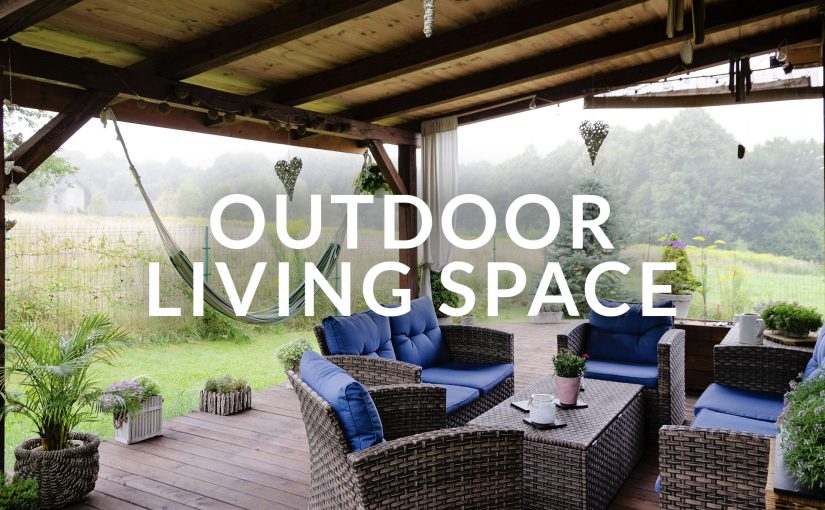Whether you’re looking for a cozy spot to relax and unwind or an inviting space to entertain family and friends, a covered patio can provide the perfect solution.
The benefits of a covered patio
One of the major benefits of having a covered patio is the additional space it provides for you and your family to enjoy. Whether you want to create an outdoor living room, dining area, or even a cozy reading nook, a covered patio offers endless possibilities. It allows you to bring the comforts of indoor living outside and seamlessly blend your indoor and outdoor spaces.
Another advantage of a covered patio is protection from the elements. With a roof overhead, you can still enjoy being outdoors even when it’s raining or during scorching hot summer days. No more canceling plans or rushing inside at the first sign of bad weather! Plus, if you have furniture or other items on your patio that are susceptible to sun damage, having a cover will help prolong their lifespan.
A covered patio also adds value to your home. Potential buyers appreciate the added functionality and versatility that comes with an outdoor space they can use year-round. It becomes an attractive feature that sets your home apart from others on the market.
Having a covered patio encourages spending more time outdoors – whether it’s enjoying breakfast in fresh air or hosting memorable gatherings under twinkling string lights in the evening. Being surrounded by nature has numerous health benefits including reduced stress levels and improved mental well-being.
With all these advantages in mind, there’s no denying that adding a covered patio enhances both the aesthetics and functionality of any home!
The different types of covered patios
One popular option is a solid roof patio cover. This type of cover provides complete protection from the elements, including rain, snow, and harsh sunlight. It creates a cozy outdoor space that can be enjoyed year-round. With a solid roof patio cover, you have the flexibility to add lighting fixtures or even ceiling fans for added comfort.
Another option is a lattice patio cover. This type of cover features an open-air design with interwoven slats or beams that provide partial shade while still allowing natural light to filter through. Lattice covers are great for those who want some sun exposure but also desire protection from direct sunlight.
If you’re looking for something more versatile, consider a retractable awning. These adjustable covers can be extended or retracted as needed, providing customizable shade depending on the time of day or weather conditions.
For those who want the best of both worlds – shade when needed and openness when desired – a pergola may be the perfect choice. A pergola typically consists of vertical posts supporting crossbeams and an open lattice roof structure. It provides partial shade while still allowing ample airflow and natural light.
No matter which type of covered patio you choose, make sure it complements the overall aesthetic of your home’s exterior and blends seamlessly with your landscaping. Additionally, consider factors such as maintenance requirements, durability, and budget when making your decision.
How to choose the right type of covered patio for your home
Choosing the right type of covered patio for your home is an important decision that requires careful consideration. There are several factors to take into account when making this choice.
First, think about the size and layout of your outdoor space. Consider how much room you have available and how you plan to use the patio. This will help determine whether a freestanding or attached structure is more suitable for your needs.
Next, consider the materials and design options available. Wood, metal, and vinyl are common choices for patio covers, each with its own advantages and aesthetic appeal. Think about what style would complement your home’s architecture and landscaping.
Additionally, think about the climate in your area. If you live in a region with heavy rainfall or extreme temperatures, choosing a solid roof or adding insulation might be necessary to ensure comfort and protection from the elements.
Furthermore, don’t forget about permits and regulations. Depending on where you live, there may be building codes or homeowners association rules that dictate what types of structures can be added to your property.
Budget is always an important consideration. Set a realistic budget for your project and explore different options within that range.
By carefully considering these factors – size/layout of space, materials/design options, climate considerations, regulations/permits, and budget – you can make an informed decision on which type of covered patio will best suit both your lifestyle and your home’s aesthetics.
